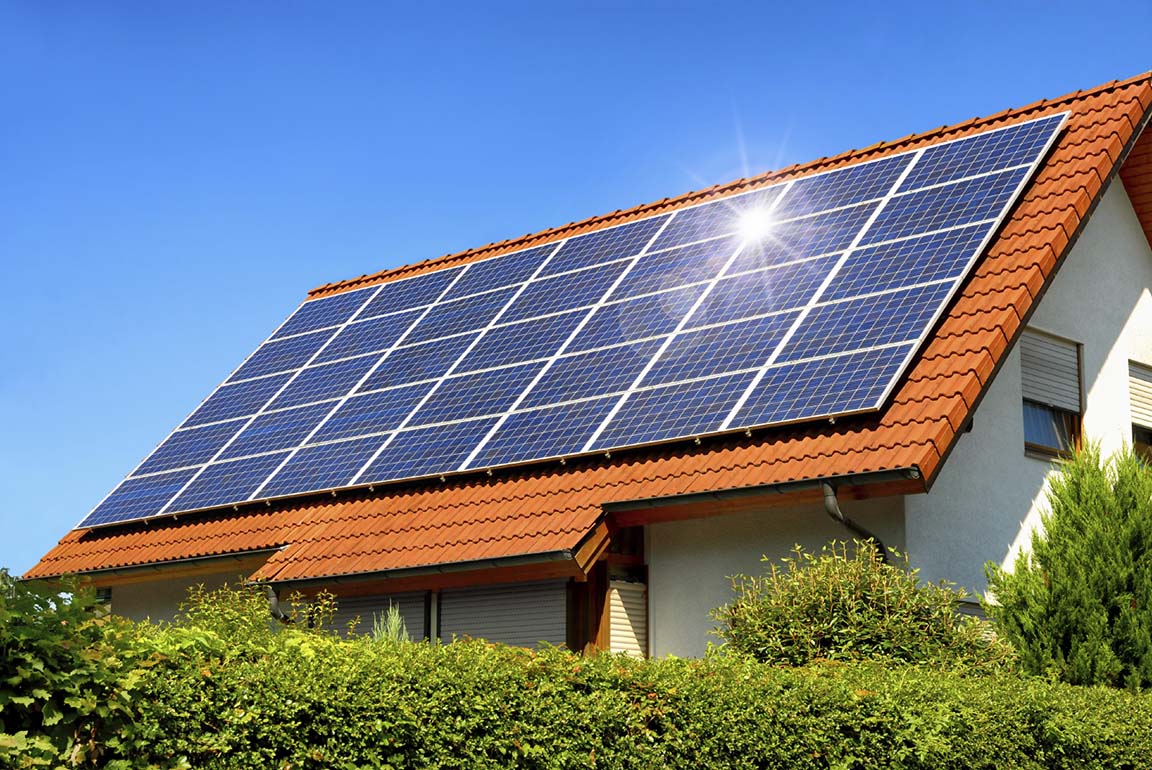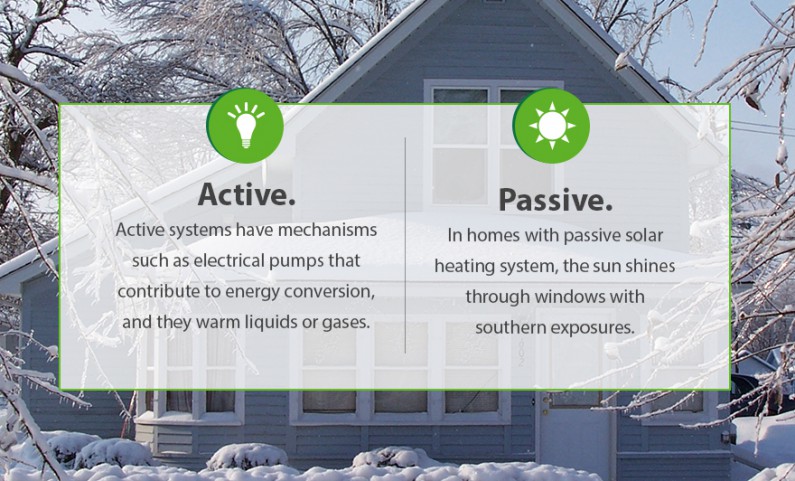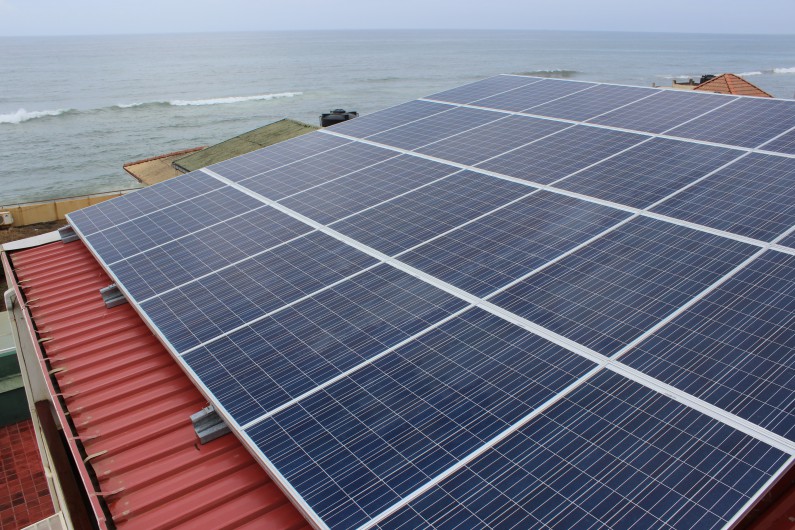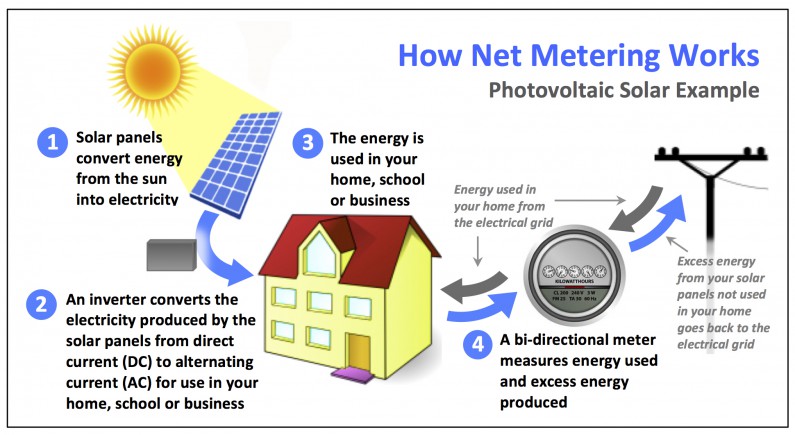
In 2015, then Minister of Power and Energy, Patali Champika Ranawaka, stated that Sri Lanka had embarked on a mission to enter into a new energy era, and was striving to become a nation self-sufficient in energy by 2030. Currently, Sri Lanka’s largest source of energy comes from hydropower at 21.91 Prescott Joule (PJ). However, in a country like Sri Lanka, which receives a lot of sunlight, there is no better source of energy than solar power. The potential to use solar power as a source of energy is excellent, with an estimated output of 35,174 PJ by 2030. However, we have only produced 0.01 PJ to date.

Sri Lanka Entering a New Era of Renewable Energy. Image courtesy: evwind.es
What Is Solar Power Really?
Solar power refers to the conversion of sunlight, or rather the energy from sunlight, into thermal or electric energy. Solar power is known to be the cleanest and most abundant energy source available. Modern technology has been developed to harness the energy from the sun for diverse uses such as generating electricity, providing light, heating water and commercial and industrial uses.
There are several methods to harness solar energy, some of which are: photovoltaics, solar heating and cooling, concentrating solar power, and passive solar. Photovoltaics, solar heating and cooling, and concentrating solar power are all active solar systems. This means that they use mechanical or electrical devices that convert the sun’s heat or light to another form of usable energy. Passive solar refers to buildings that are designed and oriented to collect, store, and distribute heat energy from sunlight, without the use of electronics or mechanics.

Passive vs. Active Solar Systems. Image courtesy: smartouchenergy.com
How Do Solar Panels Work?
The most common method of harnessing solar energy is by using active solar energy systems, that utilise mechanical and electrical equipment to absorb heat. One type of electrical device that can be used to harness this energy is solar panels. There are two types of solar panels: off-grid and on-grid, the latter of which is more commonly used in Sri Lanka.
On-grid works when solar panels are set up on the rooftop and then connected to a grid inverter, which in turn connects the existing electrical network to the house. The number of panels that can be placed on the rooftop depends on the requirement and the budget of the individual investing in solar panels, and the size of the roof.

On-grid solar panels set up on a rooftop
Solar panels work by allowing photons (particles of light) to knock electrons free from atoms. This in turn generates a flow of electricity. Solar panels are comprised of many smaller units known as photovoltaic cells. The photovoltaic cells convert sunlight into electricity. Multiple cells are linked together to form a solar panel.
The photovoltaic cell is made up of two slices of a semiconducting material such as silicon. The photovoltaic cells establish an electric field similar to a magnetic field. An electric field is created when two opposite poles are charged separately. To create this effect, solar panel manufacturers will mix silicon with other materials to give a positive or negative electrical charge. The other material commonly used is phosphorous, which is mixed with the top layer of silicon, adding extra electrons with a negative charge. The bottom layer under the silicon is usually mixed with boron that have fewer electrons, and this produces a positive charge. This adds up to an electric field being created between the silicon layers. Therefore, when the photon of sunlight knocks the electron free, the electric field will push the electron out of the silicon junction.

How solar panels work. Image courtesy: sunlightcontractors.com
Other components in the cells will turn the electron into usable power. The metal conductive plates on the side of the cell will collect the electrons and transfer them to the wires, allowing the electrons to flow like any other source of electricity.
How Solar Power Works In Sri Lanka
In order to understand how solar power will benefit you, it is important to understand how net metering works. Net met refers to the ability to measure the flow of electricity in two directions. Net metering is a policy that enables users to connect their own generation system to the utility grid and receive credits on their electricity bill for their own renewable energy generation when they are using electricity in excess.

How net metering works. Image courtesy: cpi.coop
In 2010, the Ministry of Power and Energy, along with the Lanka Electricity Company (LECO) and the Ceylon Electricity Board (CEB) introduced net metering, allowing consumers to generate their own power from renewable sources and credit excess production back to the power utility. This concept allows owners to produce electricity using renewable energy in any way they can.
Sri Lanka was one of the first developing countries to introduce net metering free of charge, except for the initial cost of the new bi-directional meter and protective equipment that prevents sending power back down the line during a power outage. Solar power owners in Sri Lanka are not paid for their export of energy, however, they are given credit (in kWh) for consumption of the same amount of energy carried forward from one billing period to another.
Why should you switch to solar power?

Top 10 benefits of switching to solar power. Image courtesy: greenenergyjubilation.com
Switching to solar power may seem like a costly investment, but there are many benefits in investing in solar panels for your homes. These benefits include reduction or elimination of electricity bills, tax credits and rebates and positive effects on the environment.
The hot and sunny days in Sri Lanka may seem like a burden to some, but when investing in solar power, the sunshine can be enough to power a whole house with almost net zero energy consumption. On very sunny days, we will generate more power than we consume and then we trade that with the utility company. On gloomy days, we can draw the power from the grid. This does not mean that no power will be extracted during a rainy day or monsoon season. Rather, the solar panels will continue to draw as much energy as it can. On cloudy days, the solar panels will produce around 10 to 20 percent of the power generated during a sunny day.
Solar panels also improve the resale value of your home. Most home-buyers will like to invest in a home with pre-installed solar panels, mainly due to the fact that the system is already in place and the new owner will not have to make the initial investment and installation. Solar panels will also extend the life of the roof as it will protect the roof from elements such as rain and debris. It will also keep the temperature of the house low as the heat is directly absorbed by the panels.
Solar power is good for the environment as the system derives pure, clean energy from the sun. Installing solar power will help combat global warming as the need for green houses gases will reduce. Fossil fuels are burned to produce electricity and they emit harmful gases into the atmosphere. Furthermore, fossil fuels and natural gases produce air and water pollution that are harmful to human health.
This story is brought to you by HiEnergy Services (Pvt.) Ltd – Your Solar Experts. You can call them on (+94) 117 221393 or (+94) 770 882217 for a free consultation.








